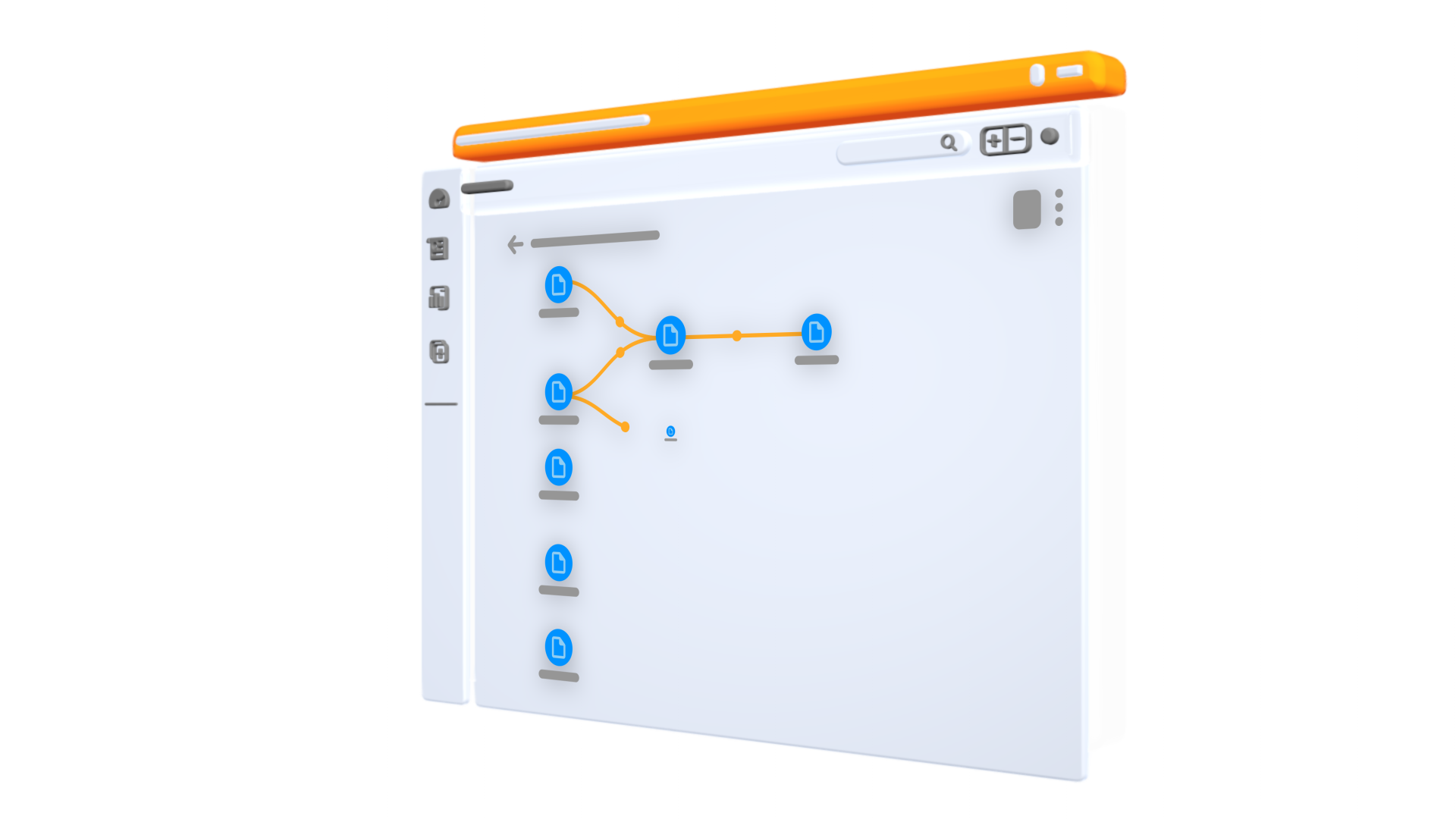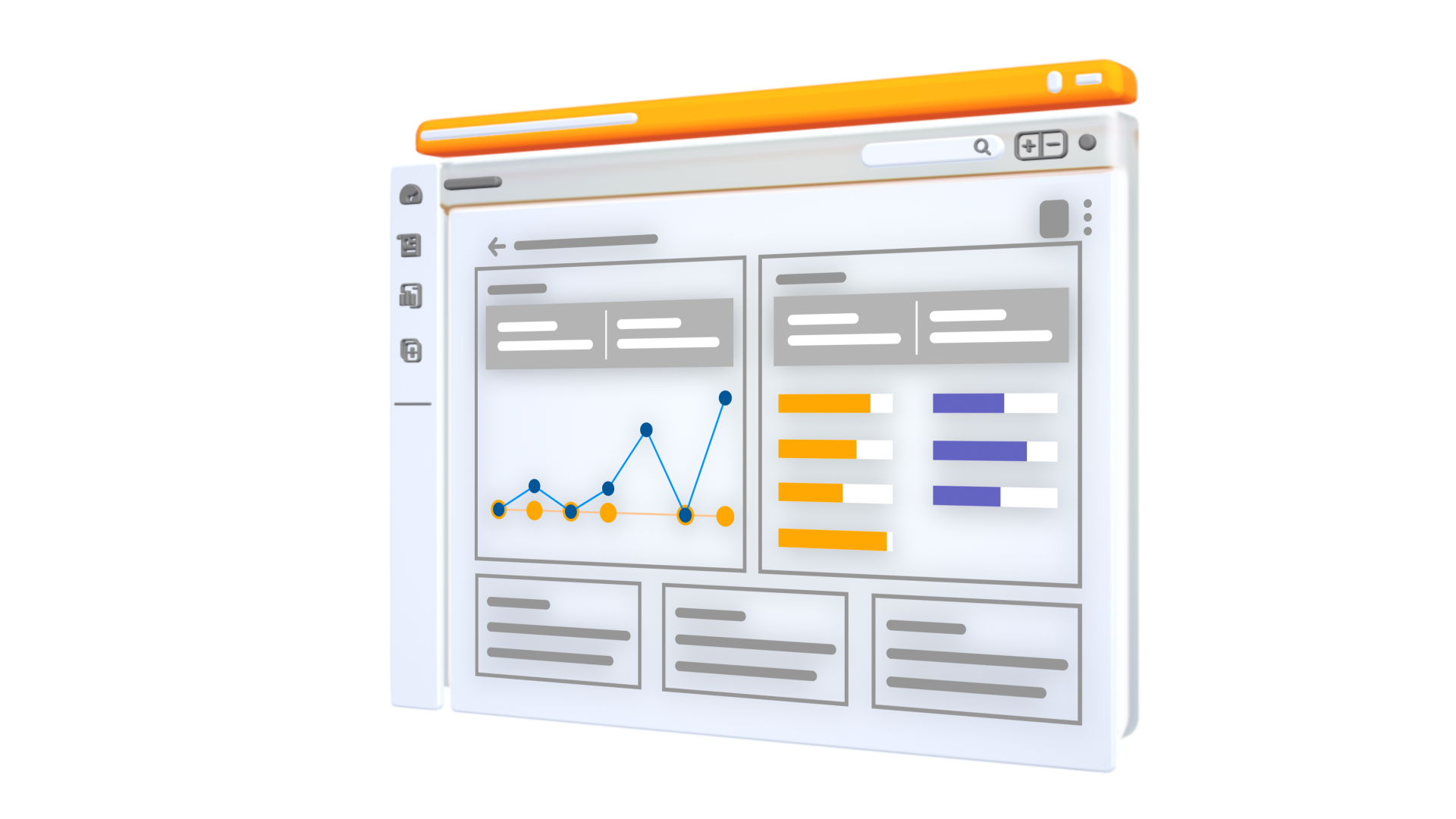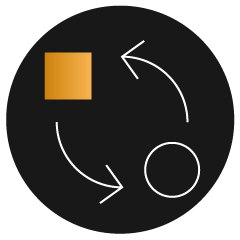How our end-to-end
modernization works:
Select a step to dive deeper
Step 1
Assessment
Assessment

Complete analysis of workloads, code profiling, and dependencies with actionable recommendations
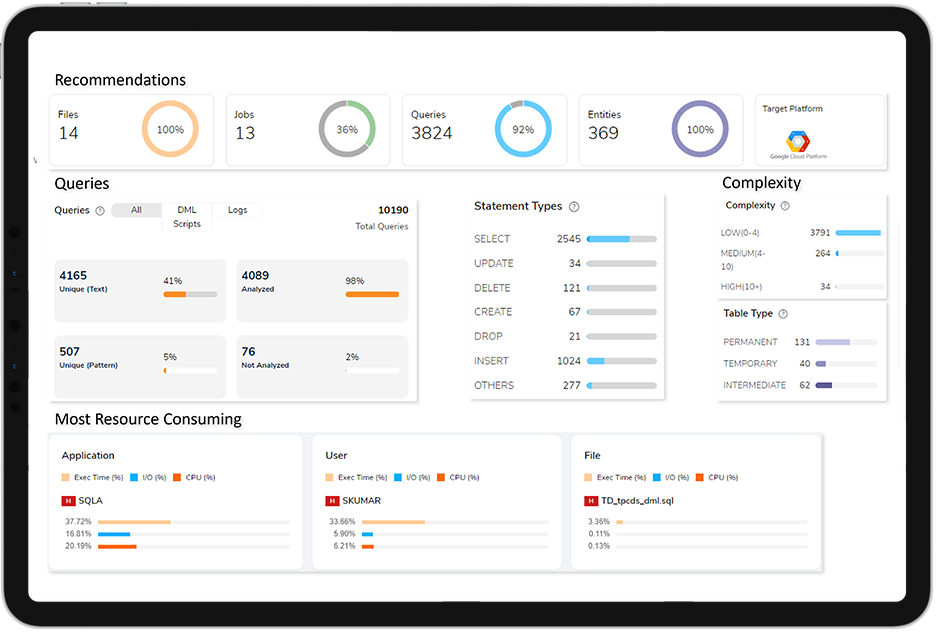
Step 1: Assessment

Analyzes workloads and identifies interdependencies

Prioritizes workloads and recommends optimizations

Generates architecture blueprint with capacity planning

Manual effort reduction: 40%
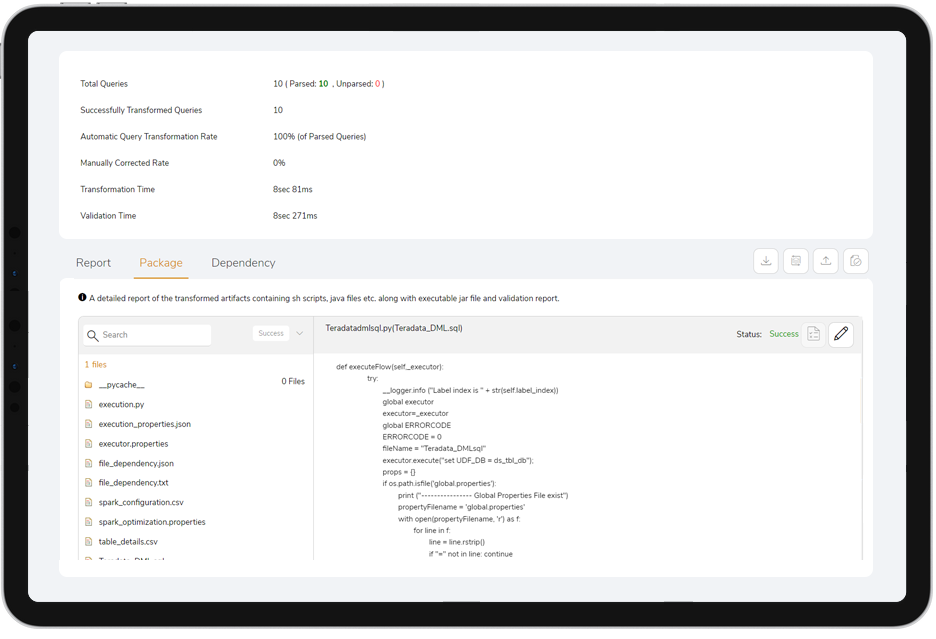
Step 2: Transformation

Migrates end-to-end ETL, data warehouse, BI, analytics, Hadoop, and orchestration workloads

Intelligently translates legacy code and business logic to any target equivalent

Optimizes code based on assessment recommendations

Manual effort reduction: 80%
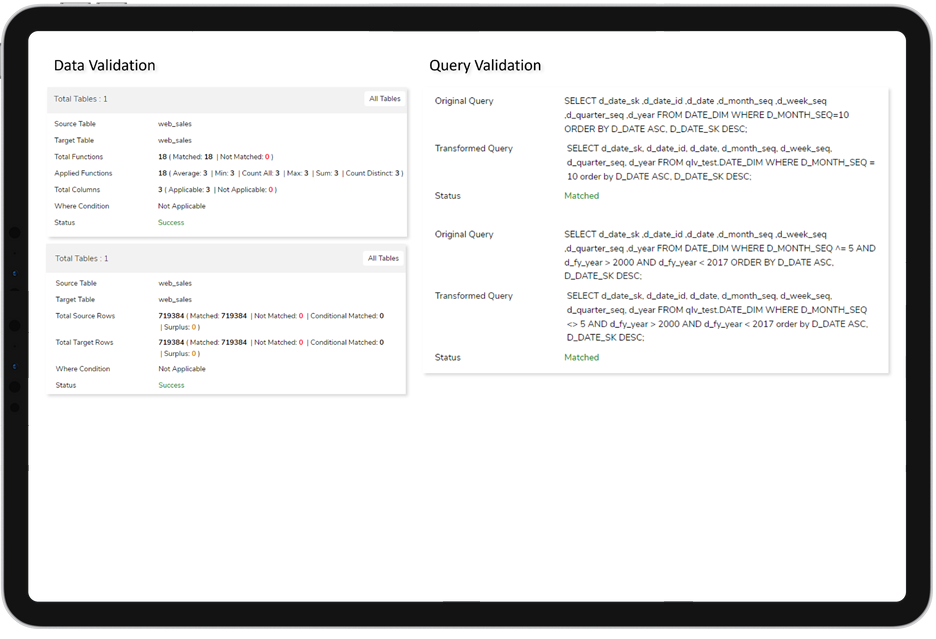
Step 3: Validation

Validates code and schema along with data type and entity matching

Autogenerates reconciliation scripts

Provides for unit and integration testing

Manual effort reduction: 50%

Step 4: Operationalization

Integrates legacy tools and existing processes to cloud-native orchestrators using target executable packaging

Provides a DevOps-ready, modernized environment

Accelerates the decommissioning of legacy systems

Manual effort reduction: 50%
Accelerate into modernization
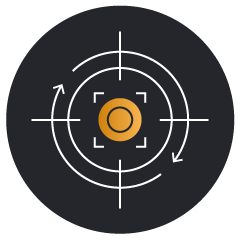
Automation to deliver accuracy and efficiency
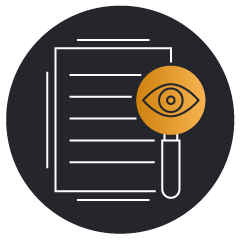
Prescriptive analysis to bring visibility to what your business needs

End-to-end optimization to ensure transformation without disruption
/2
Explore resources to support your transformation initiatives
/3

